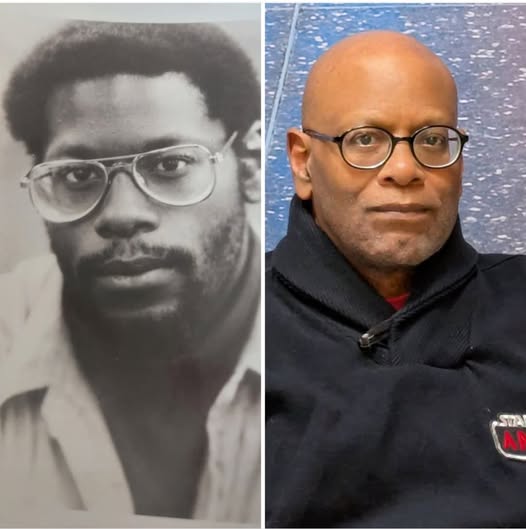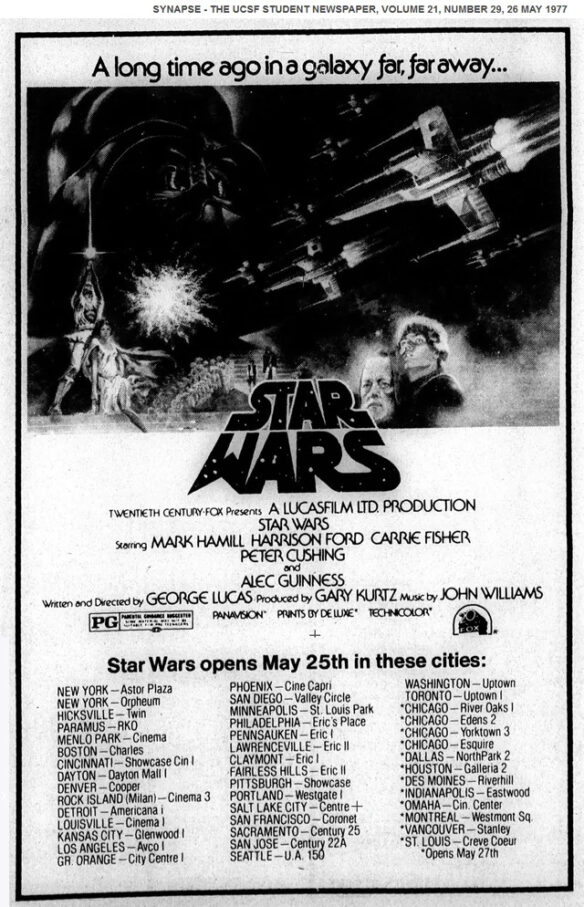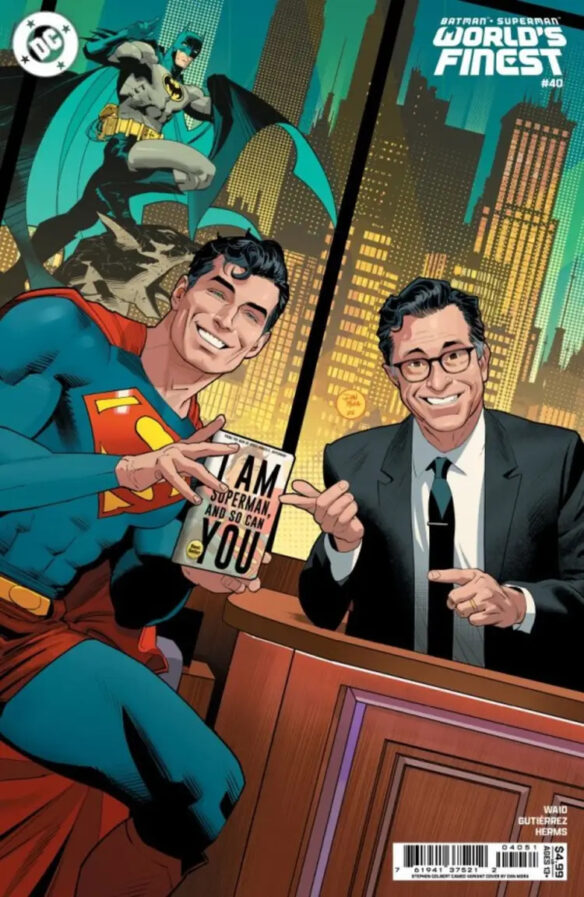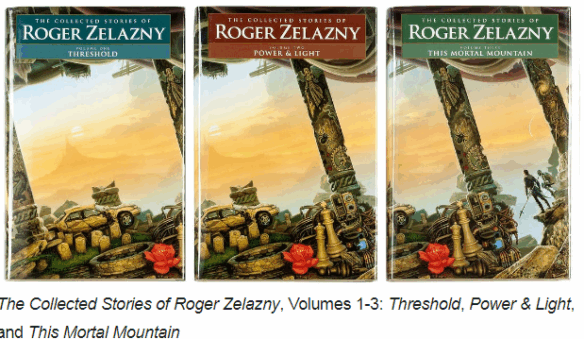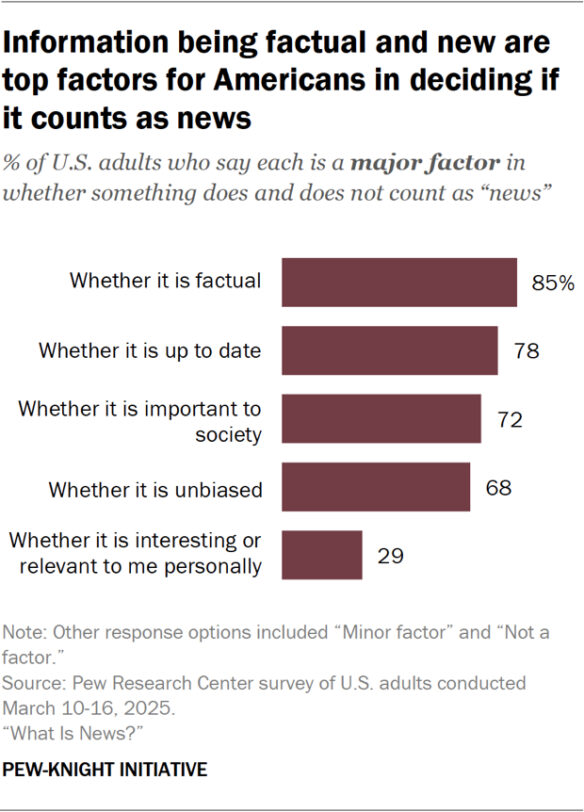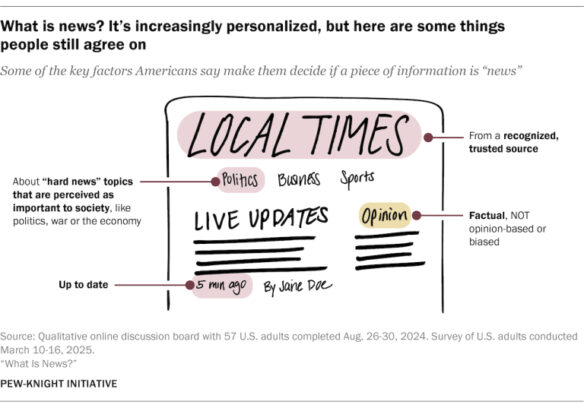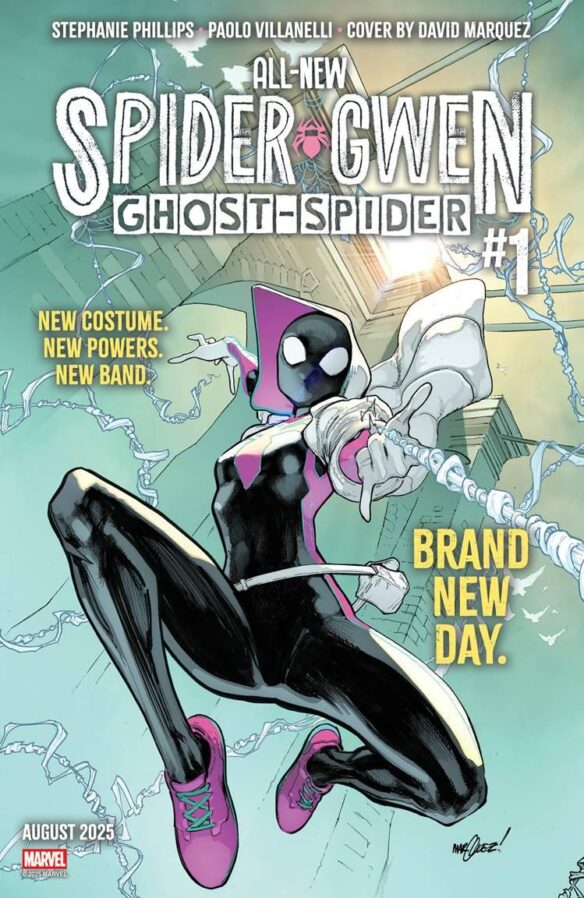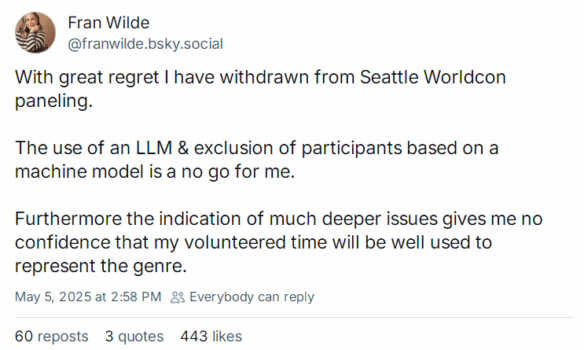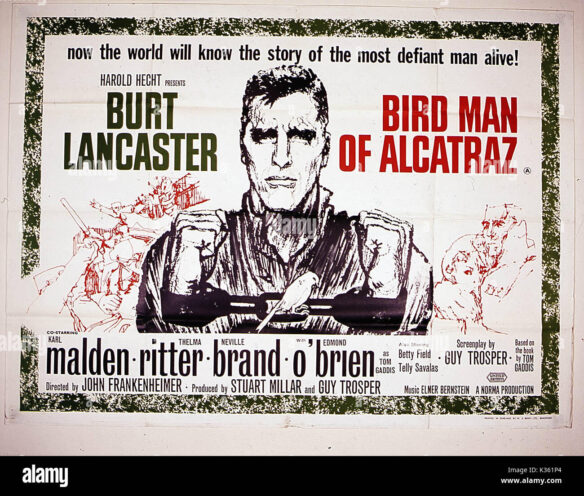(0) A bit short because I’m out of time – need to go watch the Nebula Awards.
(1) SFWA INFINITY AWARD 2025. Dune author Frank Herbert (1920-1986) is SFWA’s Infinity Award honoree.
…Now in its third year, the SFWA Infinity Award serves to highlight the achievements of creators who did not live long enough to be considered for the Damon Knight Memorial Grand Master Award, but who achieved a distinct and tremendous legacy in science fiction and fantasy…
(2) RENAISSANCE BRANDING. At Paul Krugman’s Substack newsletter – “Inventing the Renaissance: Ada Palmer”.
…I think I first began reading Ada Palmer through her blog Ex Urbe, which is about, among other things, history, philosophy and gelato. Her day job is being a history professor at Chicago, but she’s also the author of a thought-provoking quartet of science fiction novels.
Ada was part of a panel we held at the Graduate Center on social science and science fiction, and has a new, fascinating book called “Inventing the Renaissance.” And I thought, correctly, that it would be fun to talk about it!…
…KRUGMAN: I should say, I really want to come back to this, that none of this would work unless we did see a lot of stuff in this Renaissance that we admire. There’s some damn good painting and architecture and innovative political thinking and a lot of other things going on. I think every professional historian now dumps on the notion of the dark ages, but if we were talking about the period that we used to call the dark ages, nobody would be claiming it, and in recreating the society of 11th century France, it’s the fact that the Renaissance left us things that we value that makes it.
PALMER: But I mean, there are two reasons that it seems to have left us so many more. One is that the rhetoric of the Renaissance as a golden age kicks in even during the Renaissance itself. It’s the Renaissance that invents itself as a golden age. And immediately afterward, so as early as the 17th and the 18th centuries, having Renaissance stuff made you part of this idea of a new golden age, it made you legitimate. Therefore, if you had Renaissance stuff, you kept your Renaissance stuff. If you had older stuff, you were like, “we’ll knock that medieval church down and build a new church, we don’t care, but the Renaissance one, we’re keeping.”…
(3) SO YOU WANT TO WRITE STAR WARS BOOKS? Delilah S. Dawson has an interesting thread about “How to Write IP” – basically, media-tie in fiction — here on Bluesky.
(4) LUKE SKYWALKER AS ‘NARRATIVE GAFFER TAPE’. [Item by Steven French.] “Mark Hamill has finally ruled out a return as Luke Skywalker. Can Star Wars survive without him?” asks the Guardian.
…Mark Hamill’s Luke Skywalker has been Star Wars’ ultimate backup plan for at least half a decade. The original trilogy has faded into the distance, and the movies set in that galaxy far, far away have become so poor in recent years that we’d all rather watch Andor. But there was always the option of plugging in Hamill – a sort of human Star Wars USB stick, primed to conjure up 1970s vibes as required. Not quite getting your fill of Force nostalgia? Here’s Luke tutoring Baby Yoda in The Book of Boba Fett. And here he is again, whinging about past mistakes in The Last Jedi. It may not quite have been Binary Sunset, or Yoda lifting the X-wing on Dagobah. But for a few shimmering, quite-possibly-digitally-retouched moments, it felt like we were back in the real Star Wars again…
(5) NO BLEEP, SHERLOCK. Camestros Felapton’s review starts by making an interest connection: “I’m enjoying the Murderbot TV show”.
I’m five episodes in to the series now but each episode is short (about half an hour including credits etc), so 5 episodes is closer to two and a bit episodes of most streaming shows. Short is an interesting choice and with the episodes ending on cliff hangers the show has this surprising similarity to classic Doctor Who.
Obviously Murderbot itself is the largely unlike the Doctor (it is not trying to involve itself, it very much doesn’t want to be there and is not insatiably curious) but prior to this TV adaptation I hadn’t really thought of Doctor Who and Murderbot having any more commonality than being science fiction. However, if we think about Holmesian detective fiction, in which the stories revolve around a central character who is, in late Victorian terms eccentric and in modern terms neuro-atypical, we see the similarity of form even when the template becomes as different as the TV show Monk and the TV show House. …
(6) SCI-FI LONDON FILM FEST PROGRAMME ANNOUNCED, [Item by SF Concatenation’s Jonathan Cowie.] The Sci-Fi London Film Fest is where ‘What if’ meets ‘WTF’. It runs Thursday 19th – Sunday 22nd June 2025 at the Picturehouse Finsbury Park just next to the joint rail/underground(tube) station’s west exit (SE England Filers see map below). (And there is a coffee shop bang opposite, while the Picture House has its own bar… So, all the basics there.)
This year’s line up sees a dozen feature films including a few UK premieres, plus there is a feature-length documentary on The Rocky Horror Show with the indelible Richard O’Brien.
As ever, the programme sees six sessions, each of several, SF short films. These are invariably rather good as if one short does not tickle your fancy then there will be another along in a few minutes time.
Also as ever, there will be the 48 Hour Film Challenge Awards. This is where budding short-film makers are given a line or two of dialogue and told to include a specific prop and then given two days to make a short SF film. If this year’s ceremony runs true to form, the short-list winning entries will be screened and then the winner announced. Challenge entrants get into the Award ceremony for free, but good luck everyone else as this is a popular event! (Past winners have included Gareth (Monsters, Rogue One, The Creator) Edwards, whose short ‘Factory Farm’ won the 2008 48-Hour Challenge.)
And then there are the free extras which as is usual includes a quiz, plus there is a creators’ signing session, an SF art display in the cinema’s bar, a DVD swop session, and a karaoke session.
Attendees can either pay individually for each film or short sessions, or if seeing nine or more of the score of screenings, there is an all-event pass (equivalent to attending membership and works out as a 50%+ discount). And, of course, there is a printed, full-colour programme book for everyone attending even if only for a single screening. (Yes, and they didn’t need a WSFS constitution to do it.)
For those for whom a long commute is not on, there are a number of hotels nearby including the Maldron Hotel Finsbury Park.
Now, SF Film Fests are important, though you would never have guessed it from Worldcons the past decade or so that have seen their film programmes whither (Glasgow 2024 was the fist British Worldcon not to screen any films!) and it is a long way form the excellent, three streams of films at the 2010 Worldcon. Yet, average Worldcon regulars greatly enjoy films as is evidenced by the numbers both nominating for and voting in the Best Dramatic Presentation Long Form Hugo Award category: it is one of the most popular Hugo categories! It is also further evidenced by over 42% of the 1,260 Glasgow Worldcon members voting to create a new Independent Film Hugo category! (Which makes Glasgow’s decision to abandon the film programme all the more puzzling.) What film fests do do is to enable SF fans to see offerings that don’t often make general release or the streaming platforms, not to mention enable fans access some of the vast wealth of non-Anglophone cinematic SF: they wave the flag for diversity in cinematic SF. Fests truly are worthy of your support.
And if Worldcon-runners and SMOFs wail that putting on a film programme is too difficult, then for goodness sake, they might get in touch with their own regional film fest organisers. Give them a budget and allow them to trail their own event at the start of each film they screen and let them get on with it. Simples.
Meanwhile, London area Filers might like to meet up at this year’s SFL Science Fiction Quiz (19.00 Saturday 21st June)?

(7) MEMORY LANE.
[Written by Cat Eldridge.]
July 6, 1957 — Bugs Bunny’s “What’s Opera, Doc?”
Sixty-eight years ago, one of the very best Warner Bros. cartoons ever done was released, Bugs Bunny’s “What’s Opera, Doc?”
It was directed by Chuck Jones as written by Michael Maltese, whose longest association not unsurprisingly was with Warner Bros. Cartoons, though he did work with other animators such as MGM Cartoons and Hanna-Barbera. MGM Cartoons is best known for their Tom and Jerry cartoons; the latter for The Jetsons.
BEWARE! SPOILERS! I MEAN IT! IF YOU’VE NOT SEEN IT GO AWAY!

In this cartoon, Elmer is chasing Bugs through a number of Richard Wagner’s operas, including Der Ring des Nibelungen, Der Fliegende Holländer, and Tannhäuser. Fudd is dressed as Siegfried and Bugs as Brunhilda to start it off and then, well, let’s just say it’s just it gets even more manic. Really manic.
Bugs is apparently dead at the end of the cartoon as Fudd carries him off but he suddenly breaks the fourth wall and raises his head to face the audience while remarking, “Well, what did you expect in an opera? A happy ending?”

END SPOILERS
Given it has only two characters, it won’t be any surprise to those familiar with these cartoons theater there’s only two voice actors. Mel Blanc was Bugs Bunny (as Brünnhilde) and Elmer Fudd (yelling “SMOG”) which is no surprise, but the surprise for me that that Mel Blanc wasn’t Elmer Fudd being Siegfried but rather it was Arthur Q. Bryan who went uncredited in the cartoon.
The short marks the final appearance of Elmer Fudd in a Chuck Jones cartoon.
It has been voted in numerous polls and picked by quite a few critics, a hard to please group indeed, as the best Warner Bros. cartoon ever.
(8) COMICS SECTION.
- Bizarro uses Trek to reenact an iconic commercial.
- Mother Goose and Grimm says Pinocchio found trouble in the Munchkin Forest.
- Speckticles is out of plan.
- Saturday Morning Breakfast Cereal oversimplifies the original Star Trek.
(9) FOUND IN THE WILD. Sharon Lee took a photo of a surprising signboard she spotted in her town.


(10) YOUR VERDICT IS? For their American Indian Law class this spring, Crystal Huff wrote a parody episode of NPR’s “Wait Wait Don’t Tell Me” show. I actually got the first question right — one more than I expected to.
Spring of 2025, Professor Jon Witten (Tufts University) encouraged us to be creative with our final projects, and do something that demonstrated our learning from the semester. This is what I came up with: A parody script of NPR’s “Wait Wait Don’t Tell Me” show (approximately), with questions based on the cases we focused on in class. My friends and classmates agreed to help record it over Zoom so that it might be helpful and informative for future use. All errors are presumably my own.
(11) SOMETIMES IT’S NOT GOOD TO BE GREEN. [Item by Steven French.] “Tool to identify poisonous books developed by University of St Andrews” reports the Guardian.
A new tool to quickly identify books that are poisonous to humans has been developed by the University of St Andrews.
Historically, publishers used arsenic mixed with copper to achieve a vivid emerald green colour for book covers. While the risk to the public is “low”, handling arsenic-containing books regularly can lead to health issues including irritation of the eyes, nose and throat along with more serious side-effects. The toxic pigment in the book bindings can flake off, meaning small pieces can easily be inhaled…
[Thanks to Kathy Sullivan, Teddy Harvia, Mike Kennedy, John A Arkansawyer, Olav Rokne, Andrew Porter, John King Tarpinian, Chris Barkley, Cat Eldridge, SF Concatenation’s Jonathan Cowie, Mark Roth-Whitworth, and Steven French for some of these stories. Title credit belongs to File 770 contributing editor of the day Cliff.]








